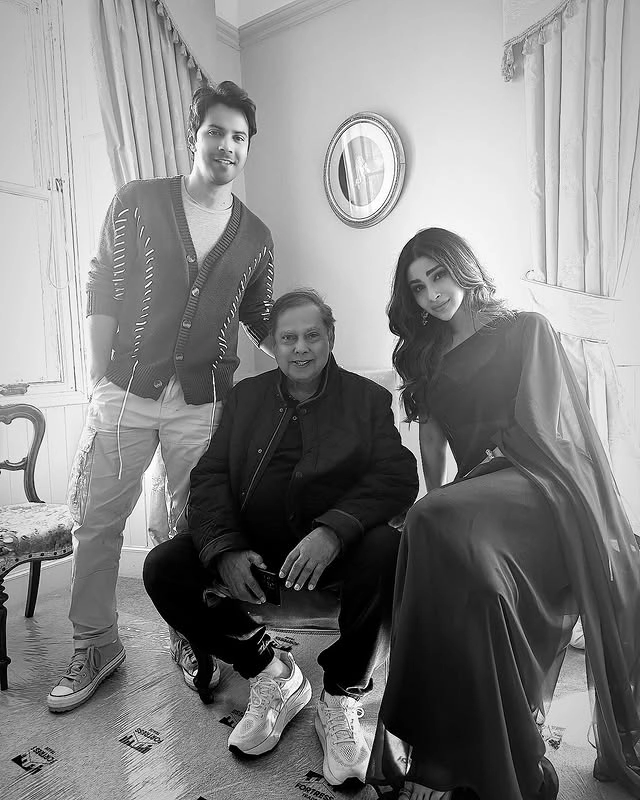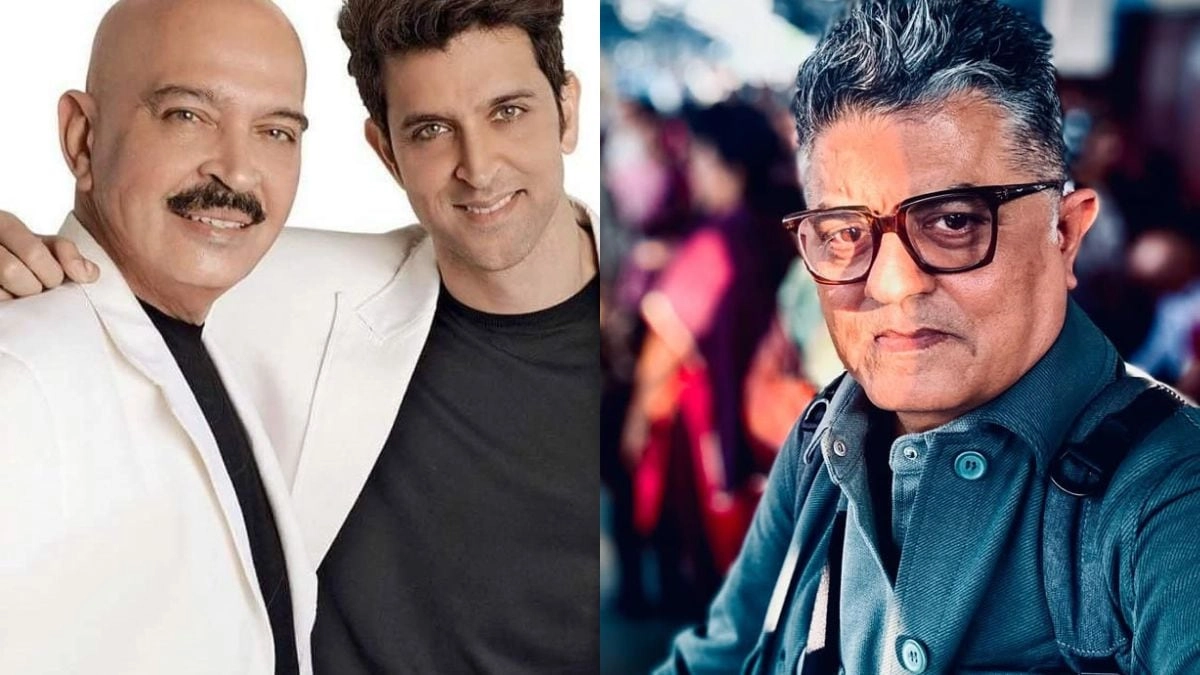In a recent development surrounding the re-release of the Tamil version of “Raanjhanaa,” noted screenwriter Varun Grover has voiced his concerns regarding the film’s AI-powered ending. Following the footsteps of filmmaker Aanand L Rai, who originally directed the film, Grover’s critique adds another layer of discussion to the ongoing debate about the use of artificial intelligence in creative processes. The original “Raanjhanaa,” which was released in 2013, is a poignant love story that captured the hearts of audiences with its emotional depth and compelling storytelling. However, the decision to alter its conclusion using AI technology raises questions about the integrity of artistic expression in the age of digital innovation.
Grover’s remarks highlight the potential pitfalls of relying on artificial intelligence to shape narratives, suggesting that such a method may undermine the emotional nuance and human perspective that are integral to storytelling. In the film industry, where the human touch is often what resonates most profoundly with audiences, the integration of AI tools can be seen as a double-edged sword. While technology can enhance certain aspects of filmmaking, it should not replace the creative intuition and experience of writers and directors. Grover’s stance serves as a reminder that stories are best told through the lens of human experience, and that the authenticity of a narrative can be compromised when machines take the reins.
The conversation surrounding the use of AI in creative industries has gained momentum in recent years, as advancements in technology continue to evolve at an unprecedented pace. While some proponents argue that AI can streamline processes and generate innovative ideas, critics like Grover emphasize the importance of maintaining a distinct human element in storytelling. The backlash against the AI-altered ending of “Raanjhanaa” reflects a broader concern among creators about the implications of technology on the art form. As filmmakers and writers navigate this new landscape, they must grapple with the balance between embracing innovation and preserving the core essence of storytelling.
As discussions continue, it remains to be seen how the industry will adapt to the challenges posed by AI. Will filmmakers find ways to harness technology while safeguarding the emotional integrity of their narratives? Or will the reliance on artificial intelligence lead to a homogenization of stories, stripping them of the unique voices and perspectives that make them resonate? The situation surrounding “Raanjhanaa” serves as a pivotal case study, prompting creators and audiences alike to reflect on the future of storytelling in an increasingly digital world. Ultimately, the fate of narratives may hinge on the choices made by those at the helm of the creative process, as they navigate the complexities of tradition and innovation.




